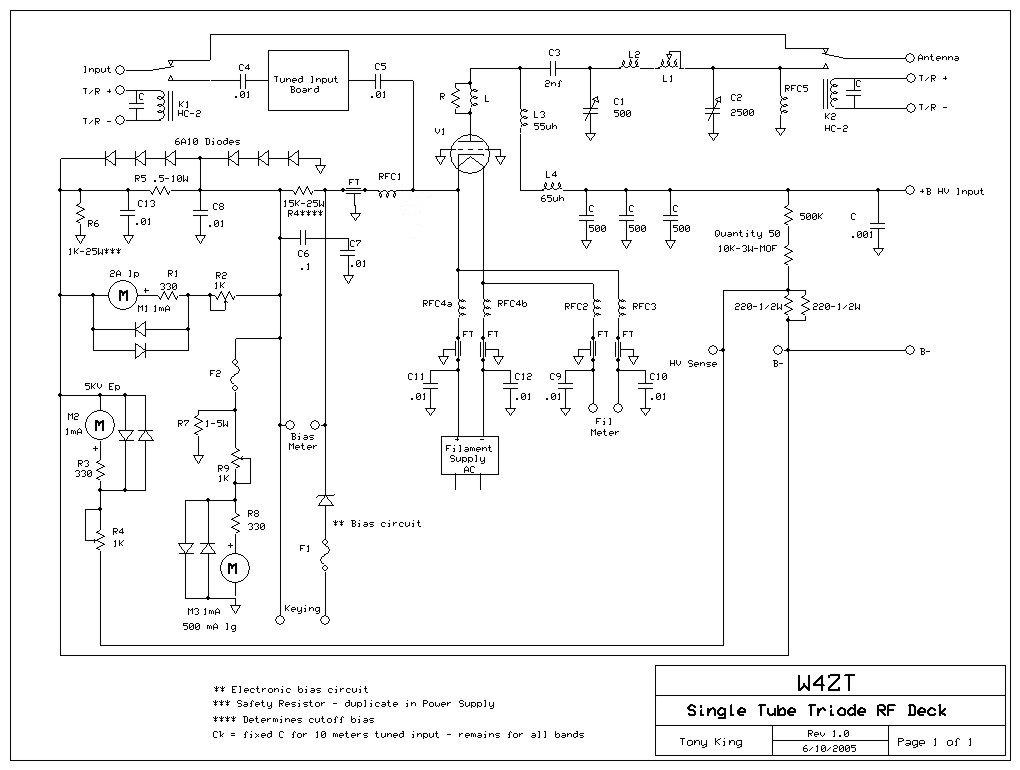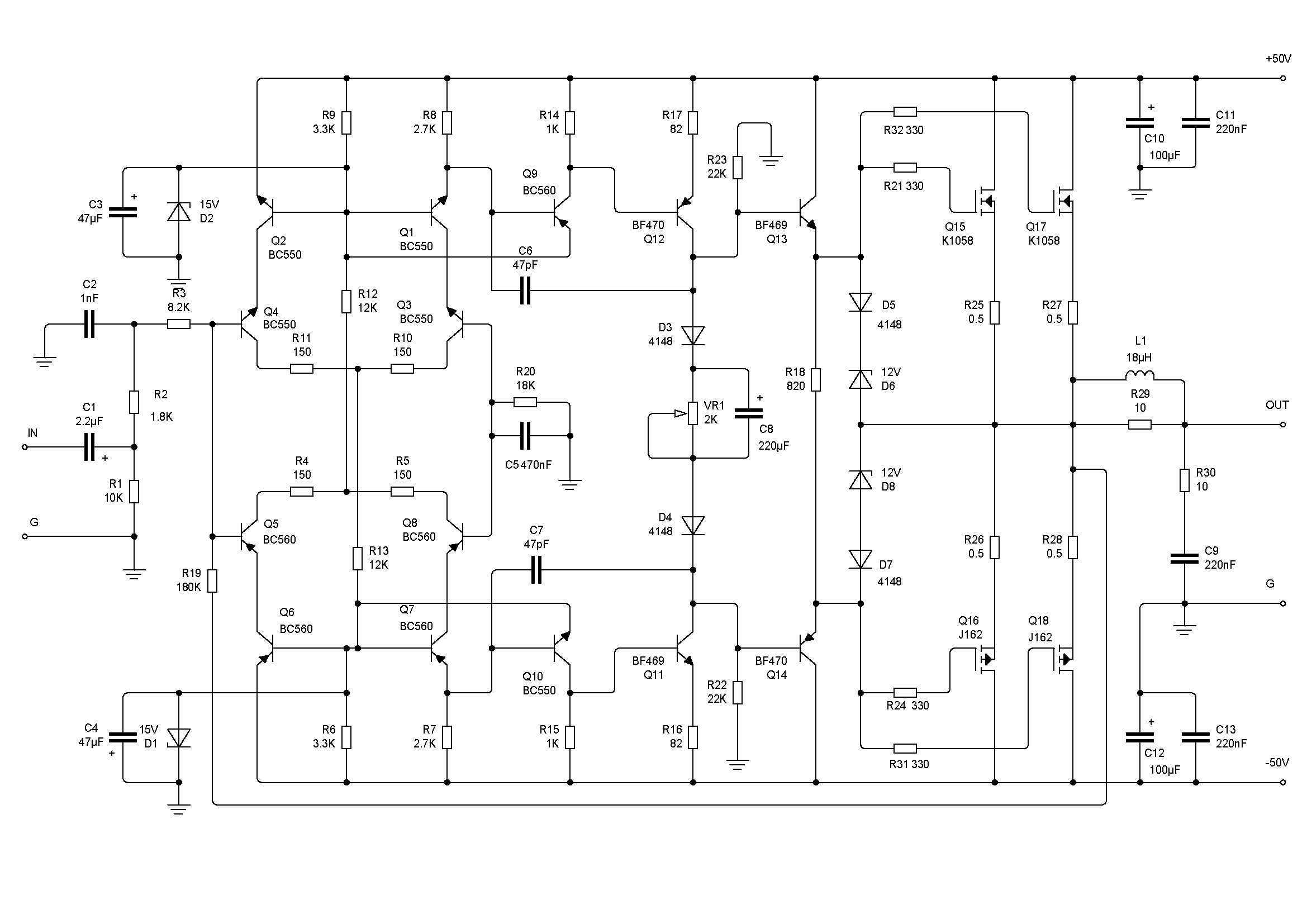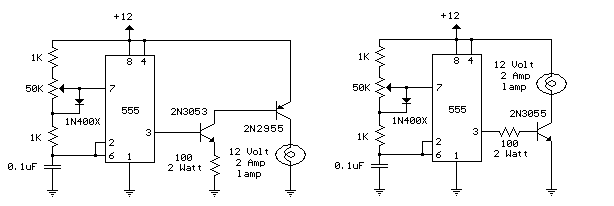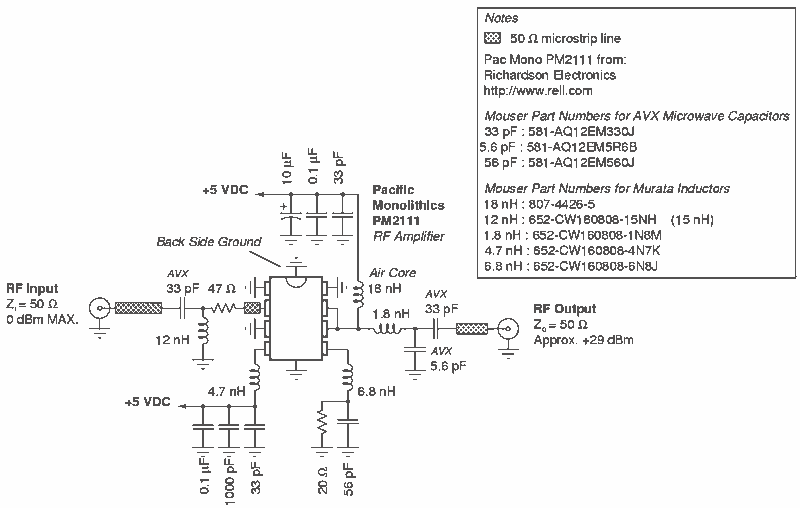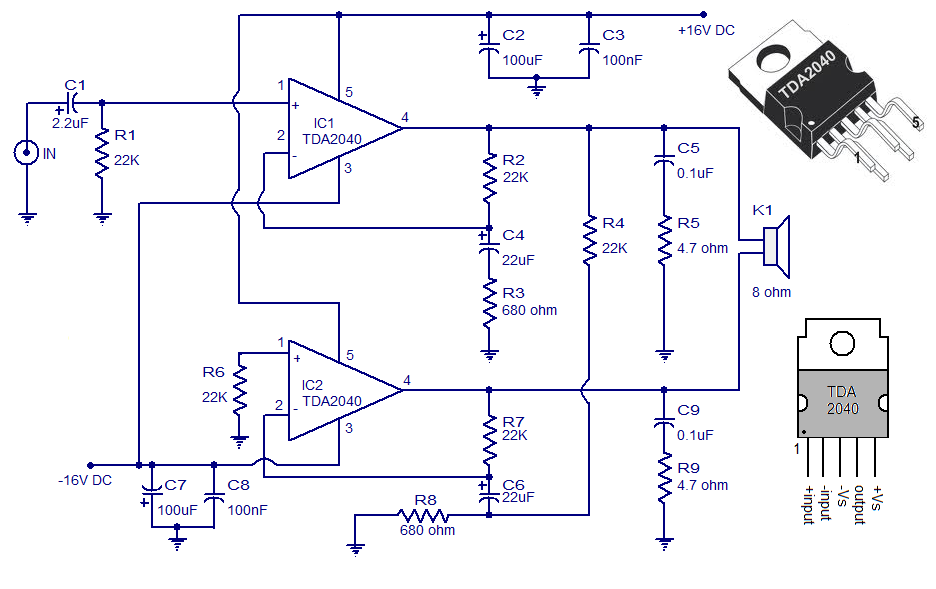
Op Amp Regulator
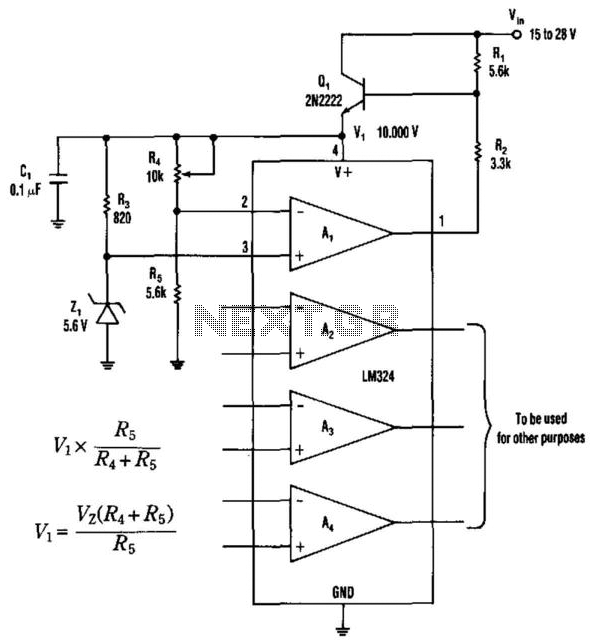
This operational amplifier provides a simple approach to creating a single-polarity stable voltage source. The transistor Q1 receives base drive through resistor R1 and conducts to generate a voltage (Vi) across the integrated circuit's supply pins. The operational amplifier A1, resistor R2, and transistor Q1 create a positive feedback closed loop, in conjunction with resistor R3 and the zener diode. Additionally, A1, R2, and Q1 establish a negative feedback closed loop with resistors R4 and R5. The positive feedback effect is significant as the non-inverting input is supplied with voltage Vx, while the inverting input receives a lower voltage. This condition continues until the zener diode activates. Once the voltage at the inverting input surpasses that at the non-inverting input, the output of A1 reduces the base current to Q1 through R2, leading to a decrease in Vi. Consequently, an equilibrium state is achieved. This circuit is capable of sourcing more than 30 mA.
This circuit utilizes an operational amplifier (op-amp) configured to create a stable voltage source with single-polarity output, suitable for various applications requiring consistent voltage levels. The design includes key components: an op-amp (A1), a transistor (Q1), several resistors (R1, R2, R3, R4, R5), and a zener diode.
The operation begins with the transistor Q1 being driven into conduction by the base current supplied through resistor R1. This conduction allows for the establishment of voltage Vi across the supply pins of the op-amp. The configuration of A1, R2, and Q1 forms a positive feedback loop, which is crucial for the initial voltage amplification. Resistor R3 and the zener diode play a critical role in stabilizing the output voltage by limiting the maximum voltage to prevent damage to the circuit components.
The negative feedback mechanism is facilitated by R4 and R5, which work in conjunction with A1, R2, and Q1 to regulate the output voltage. The interaction between the positive and negative feedback loops ensures that the circuit can respond dynamically to changes in load or input conditions. The non-inverting input receives the voltage Vx, while the inverting input is kept at a lower voltage until the zener diode becomes active.
When the voltage at the inverting input exceeds that at the non-inverting input, the output of A1 decreases the base current to Q1 through resistor R2. This action reduces the voltage Vi, thus preventing the output from exceeding the desired level. The circuit will stabilize at a point where the feedback loops balance each other, achieving a steady state that can source more than 30 mA, making it suitable for powering various electronic devices or circuits that require a reliable voltage source.
Overall, this operational amplifier circuit design exemplifies effective voltage regulation through feedback mechanisms, ensuring stable performance in applications demanding consistent voltage levels. This op amp offers a straightforward method of developing a single-polarity stable voltage source (see the figure). TVansi stor Ql gets a base drive through resistor Rl, and conducts to develop a voltage (Vi) across the IC"s supply pins. Amp Al, R2, and Ql form a positive-feedback closed loop, along with R3 and the zener diode. Al, R2, and Ql also form a negative-feedback closed loop with R4 and R5. The effect of positive feedback is predominant as the noninverting input receives Vx while the inverting input receives only: This happens until the zener comes into play.
When the voltage at the inverting input exceeds the voltage at the noninverting input, Al"s output takes away Ql"s base current through R2, which reduces Vi. Hence, an equilibrium condition is reached. Now: This circuit can source more than 30 mA.
This circuit utilizes an operational amplifier (op-amp) configured to create a stable voltage source with single-polarity output, suitable for various applications requiring consistent voltage levels. The design includes key components: an op-amp (A1), a transistor (Q1), several resistors (R1, R2, R3, R4, R5), and a zener diode.
The operation begins with the transistor Q1 being driven into conduction by the base current supplied through resistor R1. This conduction allows for the establishment of voltage Vi across the supply pins of the op-amp. The configuration of A1, R2, and Q1 forms a positive feedback loop, which is crucial for the initial voltage amplification. Resistor R3 and the zener diode play a critical role in stabilizing the output voltage by limiting the maximum voltage to prevent damage to the circuit components.
The negative feedback mechanism is facilitated by R4 and R5, which work in conjunction with A1, R2, and Q1 to regulate the output voltage. The interaction between the positive and negative feedback loops ensures that the circuit can respond dynamically to changes in load or input conditions. The non-inverting input receives the voltage Vx, while the inverting input is kept at a lower voltage until the zener diode becomes active.
When the voltage at the inverting input exceeds that at the non-inverting input, the output of A1 decreases the base current to Q1 through resistor R2. This action reduces the voltage Vi, thus preventing the output from exceeding the desired level. The circuit will stabilize at a point where the feedback loops balance each other, achieving a steady state that can source more than 30 mA, making it suitable for powering various electronic devices or circuits that require a reliable voltage source.
Overall, this operational amplifier circuit design exemplifies effective voltage regulation through feedback mechanisms, ensuring stable performance in applications demanding consistent voltage levels. This op amp offers a straightforward method of developing a single-polarity stable voltage source (see the figure). TVansi stor Ql gets a base drive through resistor Rl, and conducts to develop a voltage (Vi) across the IC"s supply pins. Amp Al, R2, and Ql form a positive-feedback closed loop, along with R3 and the zener diode. Al, R2, and Ql also form a negative-feedback closed loop with R4 and R5. The effect of positive feedback is predominant as the noninverting input receives Vx while the inverting input receives only: This happens until the zener comes into play.
When the voltage at the inverting input exceeds the voltage at the noninverting input, Al"s output takes away Ql"s base current through R2, which reduces Vi. Hence, an equilibrium condition is reached. Now: This circuit can source more than 30 mA.
